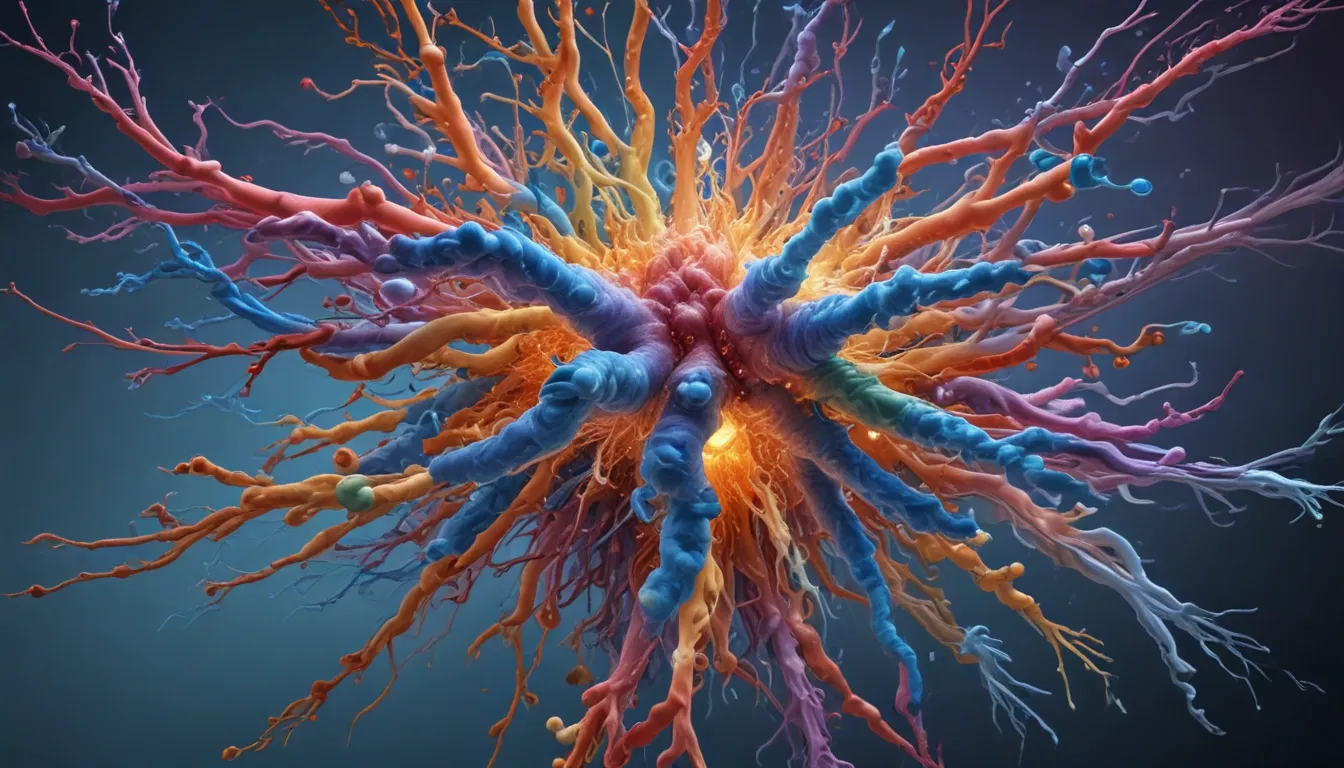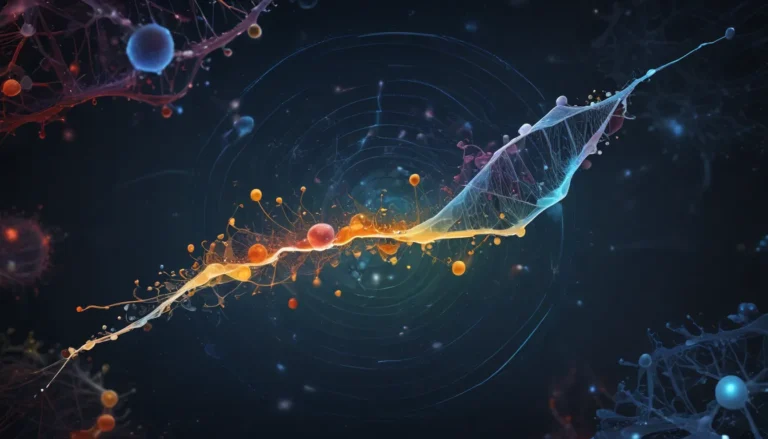A Note About Images: The images used in our articles are for illustration purposes only and may not exactly match the content. They are meant to engage readers, but the text should be relied upon for accurate information.
Are you intrigued by the intricacies of biological structures that govern the very essence of our existence? Look no further than ligand-gated ion channels, the gatekeepers of cell communication that hold the key to a myriad of physiological processes. From neuronal signaling to muscle contraction and sensory perception, these channels play a pivotal role in shaping our biological landscape.
Unraveling the Mysteries of Ligand-Gated Ion Channels
Ligand-gated ion channels are membrane proteins that act as crucial mediators of cell-to-cell communication. These specialized channels are triggered by specific chemical messengers known as ligands, allowing ions to flow through the cell membrane and initiate cellular responses.
Illuminating Neuronal Signaling with Ligand-Gated Ion Channels
In the intricate realm of the nervous system, ligand-gated ion channels stand as essential players in transmitting electrical signals between neurons. When a ligand binds to the receptor site of these channels, they open up, enabling the influx or efflux of ions like sodium, potassium, or calcium. This process governs the firing of action potentials, shaping our cognitive processes and motor functions.
Embracing the Diversity of Ligand-Gated Ion Channels
Diversity reigns supreme among ligand-gated ion channels, with a multitude of types catering to distinct physiological functions. From nicotinic acetylcholine receptors to NMDA receptors and GABA receptors, each channel responds to specific ligands, orchestrating a symphony of cellular responses across various organ systems.
Connecting the Dots: Neurotransmitters and Ligand-Gated Ion Channels
Neurotransmitters such as acetylcholine, serotonin, and dopamine wield their influence by binding to specific receptor sites on ligand-gated ion channels, triggering their activation. This cascade of events culminates in changes in membrane potential, paving the way for intricate cellular responses and physiological outcomes.
Unveiling the Role of Ligand-Gated Ion Channels in Learning and Memory
Delve into the fascinating realm of synaptic plasticity, where ligand-gated ion channels, particularly NMDA receptors, play a pivotal role in shaping our learning and memory processes. Through mechanisms like long-term potentiation (LTP) and long-term depression (LTD), these channels sculpt the synaptic connections that underpin our cognitive abilities.
Navigating the Landscape of Neurological Disorders
A disruption in the delicate balance of ligand-gated ion channels can spell trouble for our neurological well-being. Mutations in channels like GABA receptors have been linked to epilepsy, while abnormalities in glutamate receptors have been associated with conditions such as Alzheimer’s disease and schizophrenia. Understanding these connections sheds light on potential therapeutic avenues for combating neurological disorders.
Paving the Way for Therapeutic Innovations
With their pivotal roles in cellular processes and neurological disorders, ligand-gated ion channels emerge as promising targets for drug development. By modulating the activity of these channels, researchers strive to craft innovative therapies for conditions ranging from chronic pain to psychiatric disorders. The potential ripple effects of these advancements could revolutionize the landscape of medical treatment.
Embracing the Multifaceted Presence of Ligand-Gated Ion Channels
Beyond their prominent role in neuronal signaling, ligand-gated ion channels extend their influence across various organ systems. From regulating muscle contraction to influencing hormone secretion, sensory perception, and immune responses, these channels orchestrate a symphony of physiological functions.
Excited by the breathtaking intricacies of ligand-gated ion channels, you are now equipped with a deeper understanding of their pivotal role in our biological tapestry. Let this journey into the realm of cellular communication inspire you to delve further into the mysteries of our intricate biology, where every discovery holds the promise of unveiling new wonders.






